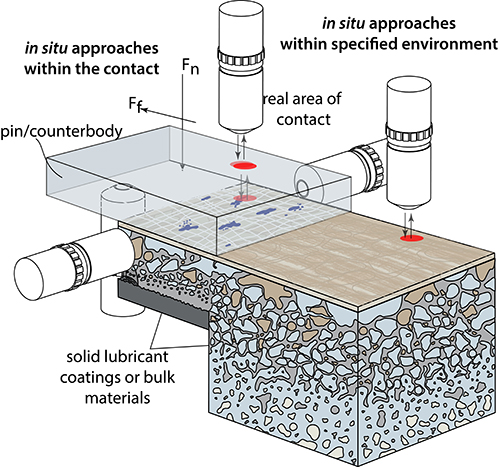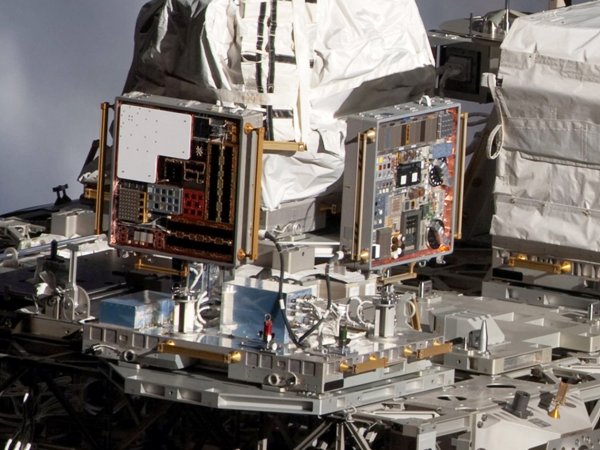Lehigh University
The Tribology Laboratory at Lehigh University
Static or breakloose friction for lubricated contacts: the role of surface roughness and dewetting
B. Lorenz, B. A. Krick, N. Rodriguez, W. G. Sawyer, P. Mangiagalli and B. N. J. Persson
Abstract
We present experimental data for the static or breakloose friction for lubricated elastomer contacts, as a function of the time of stationary contact. Due to fluid squeeze-out from the asperity contact regions, the breakloose friction force increases continuously with the time of stationary contact. We consider three different cases: (a) PDMS rubber balls against flat smooth glass surfaces, (b) PDMS cylinder ribs against different substrates (glass, smooth and rough PMMA and an inert polymer) and (c) application to syringes. Due to differences in the surface roughness and contact pressures the three systems exhibit very different time dependences of the breakloose friction. In case (a) for rough surfaces the dry contact area A is a small fraction of the nominal contact area A0, and the fluid squeeze-out is fast. In case (b) the dry contact area is close to the nominal contact area, A/A0 1, and fluid squeeze-out is very slow due to percolation of the contact area. In this case, remarkably, different fluids with very different viscosities, ranging from 0.005 Pa s (waterglycerol mixture) to 1.48 Pa s (glycerol), give very similar breakloose friction forces as a function of the time of stationary contact. In case (c) the contact pressure and the surface roughness are larger than in case (b), and the squeeze-out is very slow so that even after a very long time the area of real contact is below the percolation threshold. For all cases (a)(c), the increase in the breakloose friction is mainly due to the increase in the area of real contact with increasing time, because of the fluid squeeze-out and dewetting.




